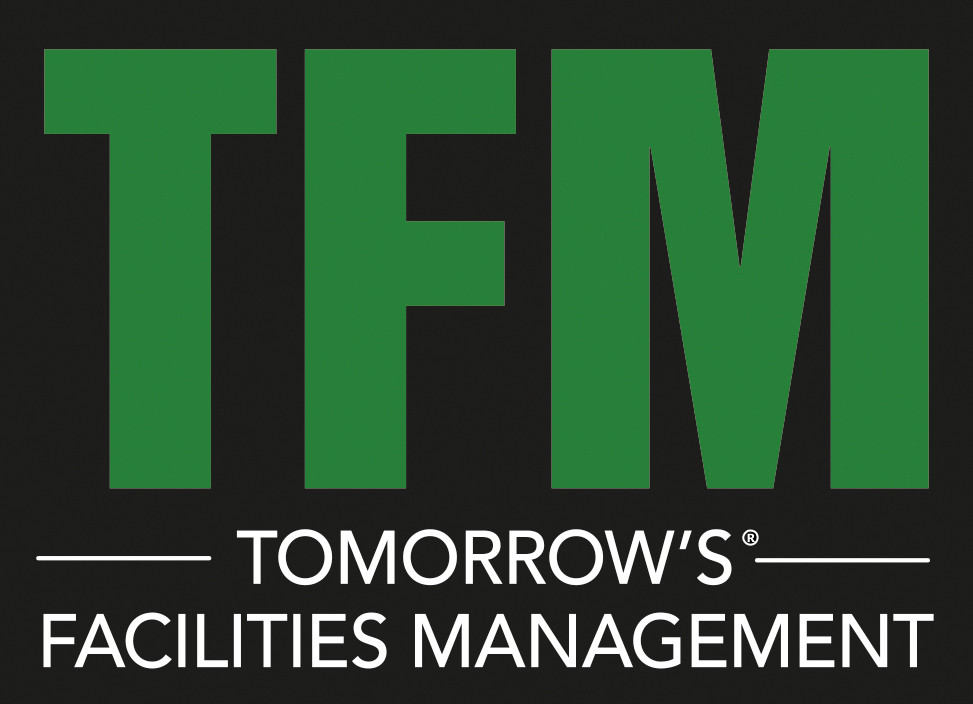By Neil Pickering, Industry Manager, EMEA at UKG
Businesses continue to feel the financial and cultural effects of the Great Resignation. However, ‘boomerang employees’ – employees who return to a former employer having left for another role – have become more common as a result. With this in mind, employers are able to reduce costs on recruitment and onboarding by leveraging this existing talent pool.
Attracting a former employee back into the workplace can be a challenge, but there are steps that managers and business leaders can take even before an employee leaves to help do just that. Fostering a culture of trust, transparency, and communication is imperative for employees to feel comfortable enough to voice concerns and feel heard. If and when the employee does leave, they know that their manager will be there for them if their new pasture isn’t as green as expected.
The difference between quitters and boomerangs
Research from the Workforce Institute at UKG recently raised some important points about what makes an employee want to return to their old workplace. There are key differences between workers who returned, or would consider returning, to their old employer and those who didn't. Of those that did, 77% reported that their old employer made an effort to keep them whereas just 50% of job quitters who quit for good said the same.
There is a clear connection between a strong, supportive manager and an employee that makes the decision to return to their old employer. Boomerang employees also shared some similar traits, with around half (49%) saying that they’d been searching for a new job for less than a month and two thirds (64%) saying that they felt they left too quickly.
Employees who left to find out if the grass is greener elsewhere can sometimes feel disappointed and regret their move away. If an employee left a business for monetary reasons but then felt their work/life balance become weakened, then this type of scenario is ideal for a boomerang employee to reappear.
But to increase the likelihood of a boomerang to be caught by a former employer, the managers at said employer must lay down the necessary groundwork prior to the boomerang leaving to make sure they feel nurtured and trusted enough to return if they do ever decide to depart.
What role can managers play?
There are a number of steps that can be taken to boost the chance of catching a boomerang and ultimately, welcoming an old employee back into the fold.
- Be open and honest: It’s important to establish effective communication routes with employees, this can take the form of employee surveys or polls, which can, in turn, be supported with stay interviews for leavers. Conducting regularly scheduled check-ins can increase the chance of an employee returning to their old employer eventually and completing multiple stay interviews further increases that likelihood. The research revealed that 77% of boomerang employees said their old boss conducted a stay interview compared to just 55% of job quitters. The critical part here is showing that employees are free to speak up when they decide they need to.
- Put the time in: Employees that 'boomeranged' are more likely to say that their old employer fostered an environment where communicating on all levels, even frustrations, was possible. It’s important then to schedule in vulnerable and transparent well-being discussions, be available to discuss career paths for employees, and ensure that business objectives are aligned with employee needs and contributions.
- Be transparent: It’s important to keep staff in the loop on what changes you’re making on their behalf behind the scenes. These changes can be communicated via digital noticeboards, regular email updates, or even staff meetings. Remember that your employees won't know you're doing something unless you explicitly tell or show them.
- Reach out to former employees: Even if they're set in their decision to come home, a boomerang employee rarely reaches out to their old boss with just 1 in 4 reaching out to their old employer. By showing employees that the door isn't completely shut, people will find it easier to swallow their pride and consider 'boomeranging.' It's worth checking in with former employees to see how they're finding their new role and where their old job might be a better fit.
- Transparency is a two way street: If and when the moment comes, it's essential to be honest and encourage honesty in return. While you might have supported an employee’s development, you don't own their career. When they're thinking about their next steps, you can be there to help them make the best decision, either with you or elsewhere.
- Be flexible: According to UKG’s survey findings, job quitters said that a lack of flexibility, and a desire to move location and work remotely were top drivers in their decision to move on. While this might not be possible in all roles, encouraging honest communication on both sides, and being upfront and open to discussions around any potential future plans and benefits for employees can go a long way.
- Resist ending on bad terms: Just because an employee departs does not mean that the departure has to be on bad terms. Accept their decision and reassure them by letting them know that the company door will always be open for them. If the above steps are followed and managers resist taking a negative approach to a departure – then that employee will feel more inclined to re-join the business if things don’t work out in the future.
The discussed steps are simple yet effective ways for managers to build trust, improve communication, and better understand their employees' concerns and needs. Implementing these will not only enhance the employee experience and increase retention, but it will also boost the chances of enticing a former employee back into the team.
Often when an employee leaves, particularly if they are a talented one, managers can be filled with frustration and bitterness towards the employee and their new employer. Resisting this approach and building trust between yourself and your employees will only increase your chances of catching a boomerang when the opportunity arises.



































